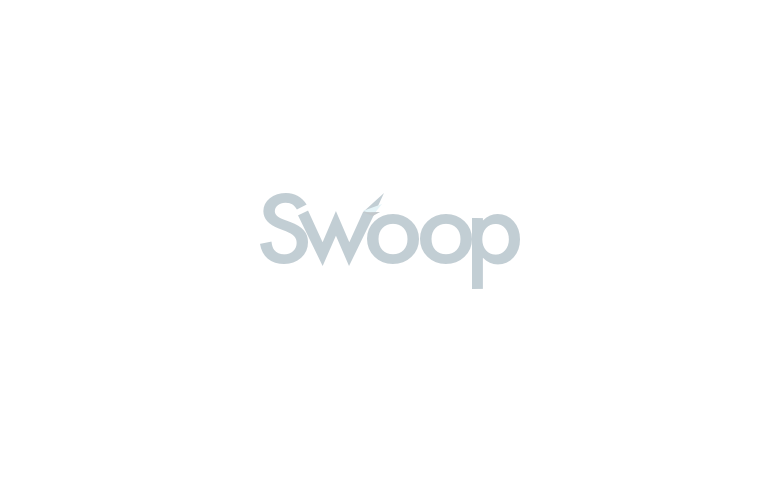Definition
Software as a service (SaaS) is a cloud-based software distribution model in which applications are hosted by a third-party provider and made available to customers over the internet.
What is software as a service?
SaaS is a type of cloud computing service that allows users to access and use software applications hosted on remote servers, eliminating the need for local installation and maintenance. Users access the software via the internet, usually through a web browser, from any device with an internet connection.
Some of the key characteristics in SaaS are:
- Subscription-based pricing: SaaS applications are typically offered on a subscription basis, where customers pay a recurring fee for access to the software.
- Centralised hosting: SaaS applications are hosted on remote servers maintained by the service provider. This centralized hosting model allows for easy accessibility and ensures that users always have access to the latest version of the software.
- Automatic updates and maintenance: Service providers are responsible for maintaining and updating the software. Users benefit from seamless updates without the need for manual intervention.
- Scalability and flexibility: SaaS solutions are designed to scale with the needs of the user, allowing for easy expansion or reduction of resources and features as required.
One of the advantages included in SaaS is that it eliminates the need for upfront hardware and software investments, reducing capital expenditures. Users pay only for what they use on a subscription basis, resulting in predictable and manageable costs. Additionally, SaaS solutions can easily scale up or down to accommodate changes in user demand or business requirements.
One of the challenges is that users must trust the service provider to protect their data from unauthorised access, breaches, and data loss. Security measures and data encryption are essential. Furthermore, users may face vendor lock-in issues if they rely heavily on a single SaaS provider for their software needs. Interoperability and data portability can become concerns in such scenarios.
Example of software as a service
A small business owner, Jane, who needs accounting software to manage her finances. Instead of purchasing and installing traditional accounting software on her computer, Jane subscribes to a cloud-based accounting SaaS solution called “FinEase.”
With FinEase:
- Jane can access the software through her web browser from any device with internet access.
- She doesn’t need to worry about software updates or backups, as FinEase handles those automatically.
- Jane pays a monthly subscription fee based on the features and usage level she needs, rather than making a large upfront investment in software licenses.
- Jane can generate financial reports, track expenses, send invoices, and manage her business’s finances efficiently, all within the FinEase platform.
By using FinEase, Jane benefits from the convenience, flexibility, and cost-effectiveness of software as a service, allowing her to focus on running her business effectively.







 yet? Register here!
yet? Register here!